blog»Conversion Rate Optimization»12 Tactics for Conversion Rate Optimization in E-Commerce
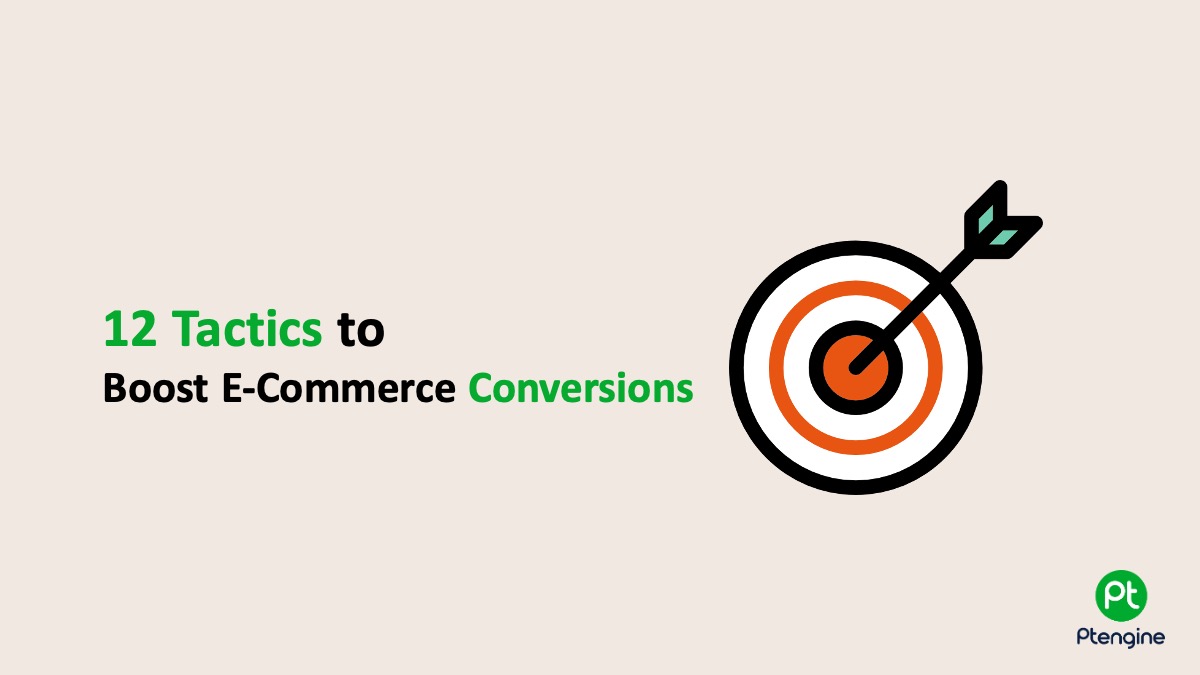
12 Tactics for Conversion Rate Optimization in E-Commerce
2025/02/10
You can read this article in about 29 minutes
Introduction
In e-commerce, success is all about turning visitors into buyers. But with rising competition, conversion rate optimization for e-commerce has never been more important. This process focuses on fine-tuning your online store to ensure more visitors take action—whether it’s making a purchase, signing up, or engaging with your brand.
The best part? You don’t have to start from scratch. By learning from top e-commerce brands, you can apply proven tactics to achieve better results. For example, strategies like personalized recommendations, gamification, or simplified checkouts have helped many brands increase their conversions.
In this article, we’ve gathered 12 actionable CRO tactics inspired by successful companies. Each tactic is practical, easy to implement, and designed to help you engage your customers better.
Ready to optimize your store? Let’s dive into the 12 tactics for conversion rate optimization in e-commerce that you can use today.
1. Simplify Your Checkout Process
A complicated checkout is one of the biggest reasons customers abandon their carts. Studies show that the fewer steps it takes to complete a purchase, the higher the chances of conversion. Amazon’s one-click purchasing is a perfect example of how simplifying the process can lead to fewer abandoned carts and more completed sales.
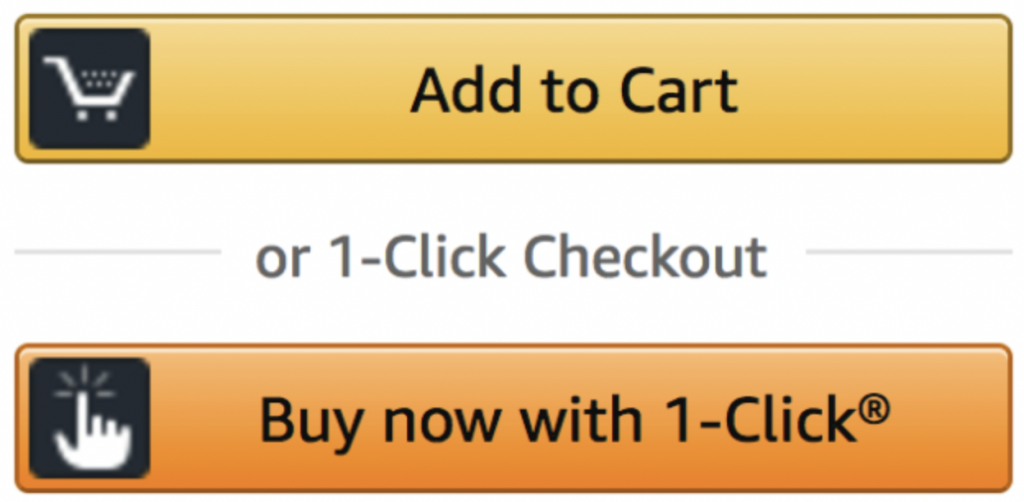
For e-commerce brands, simplifying the checkout process means removing unnecessary distractions or steps. Features like guest checkout options, autofill for payment and shipping details, and a clear progress bar help customers complete their purchase with ease.
How You Can Apply This Tactic
- Offer a guest checkout option: Don’t force users to create an account before purchasing.
- Minimize steps: Keep the checkout process to as few steps as possible.
- Use a progress indicator: Show customers how far along they are in the process to reduce frustration.
- Enable autofill: Make it easy for users to fill in payment and shipping details automatically.
By simplifying checkout, you remove friction and make the buying process seamless. This small adjustment can significantly boost your conversion rate optimization for e-commerce.
2. Add Personalized Recommendations
Personalization has become a must-have for e-commerce success. Customers expect brands to understand their preferences and offer relevant suggestions. Zalando, one of Europe’s leading fashion e-commerce platforms, uses AI-driven personalized recommendations to showcase products tailored to each shopper’s taste. This not only enhances the shopping experience but also boosts average order value (AOV).
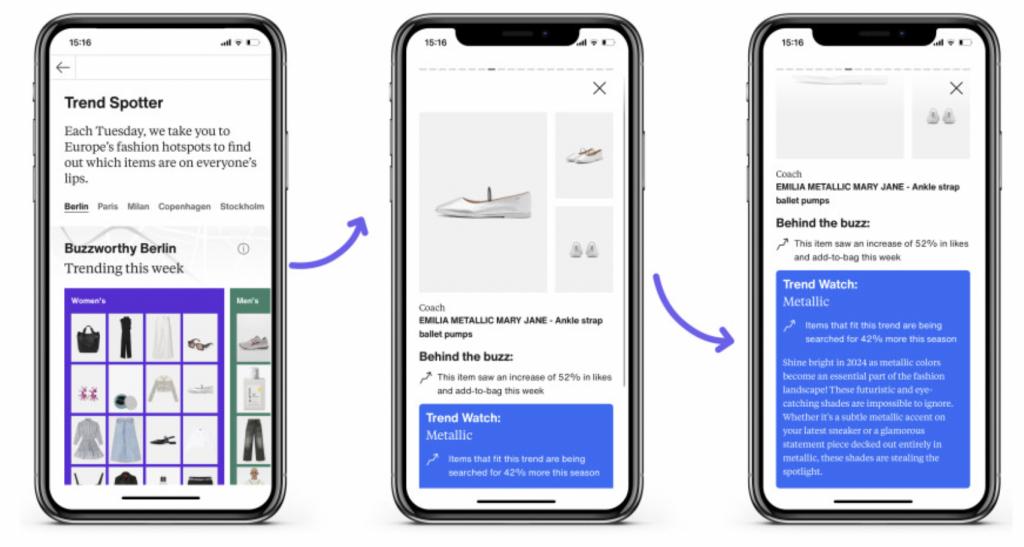
By analyzing user behavior, purchase history, and browsing patterns, Zalando creates a highly relevant shopping journey for every customer. The result? Customers feel understood and are more likely to convert.
How You Can Apply This Tactic
- Use AI or algorithms: Recommend products based on browsing history, cart contents, or past purchases.
- Highlight complementary items: Suggest related products (e.g., “Complete the look” or “You might also like”).
- Create dynamic homepages: Personalize landing pages to display items relevant to returning visitors.
- Send personalized emails: Use purchase data to suggest new arrivals or restocks that align with customer preferences.
Personalized recommendations make the shopping experience feel tailored and thoughtful. By implementing this tactic, you not only improve engagement but also increase conversions and revenue, making it a cornerstone of conversion rate optimization for e-commerce.
3. Use Gamification to Drive Engagement
Gamification isn’t just for apps like Duolingo—it’s a powerful tool for boosting engagement and conversions in e-commerce. By turning the shopping experience into a game, you can keep customers motivated, entertained, and eager to interact with your store. For example, Shein, a fast-fashion giant, incorporates gamified elements like daily check-ins for points, spin-to-win discounts, and exclusive challenges during major sales events.
These tactics create a sense of excitement and reward for customers, encouraging them to return regularly and explore more products. Gamification taps into psychology, using streaks, competition, and rewards to turn casual shoppers into loyal customers.
How You Can Apply This Tactic
- Introduce loyalty points: Reward customers for actions like purchases, reviews, or daily visits.
- Create challenges or streaks: Encourage customers to earn rewards by engaging consistently (e.g., “Check in 5 days in a row for 10% off”).
- Add spin-to-win popups: Gamify discounts by letting users spin a wheel for special deals.
- Use limited-time rewards: Offer prizes for completing actions within a set timeframe, like adding to cart or sharing on social media.
Gamification makes shopping interactive and fun, increasing engagement and driving repeat visits. By applying these tactics, you can make conversion rate optimization for e-commerce feel like an enjoyable game for your customers.
4. Leverage Social Proof
Social proof is one of the most powerful tools to build trust and encourage hesitant buyers to take action. E-commerce platforms like Poshmark have mastered this tactic by showcasing customer reviews, real-time purchase notifications, and user-generated content. For example, Poshmark highlights trending items and how many people are “liking” or buying them, creating urgency and a fear of missing out (FOMO).
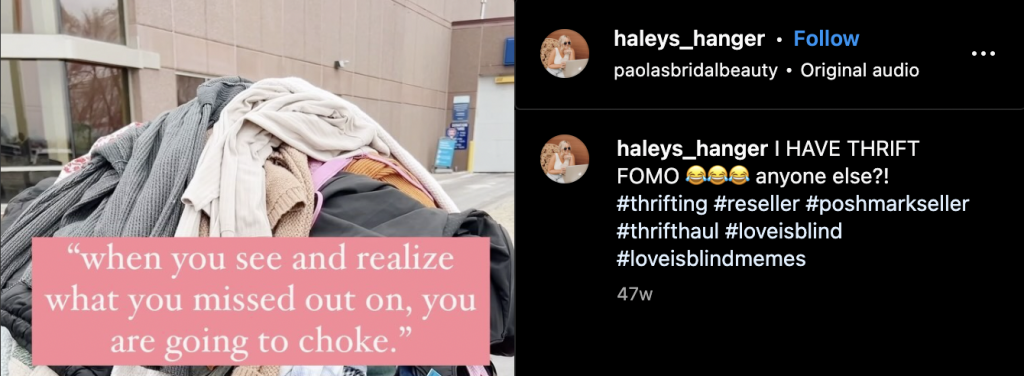
Social proof reassures customers that others trust your products, making them feel more confident about their purchases. This is especially effective for first-time buyers who may be uncertain.
How You Can Apply This Tactic
- Showcase reviews and ratings: Highlight customer feedback directly on product pages.
- Display real-time activity: Use plugins to show live purchase notifications (e.g., “Jane from NY just bought this item!”).
- Encourage user-generated content (UGC): Share photos, testimonials, or videos from happy customers on your website and social media.
- Highlight bestsellers: Label popular products as “Top Picks” or “Most Loved” to drive interest.
By leveraging social proof, you can build trust and urgency, significantly improving your conversion rate optimization for e-commerce. Customers want to know they’re making the right choice, and seeing others’ positive experiences can be the push they need.
5. Optimize Mobile Experiences
In today’s mobile-first world, e-commerce brands cannot afford to overlook their mobile shopping experience. Shein, the global fast-fashion leader, has perfected this by creating a seamless, fast, and visually appealing mobile platform. Their app is intuitive, fast-loading, and optimized for small screens, making shopping on-the-go effortless for users.
Statistics show that mobile shoppers account for a significant share of online purchases, yet many brands lose potential sales due to clunky designs, slow load times, or hard-to-navigate interfaces. Shein’s approach demonstrates how prioritizing mobile can lead to higher conversions and better customer satisfaction.
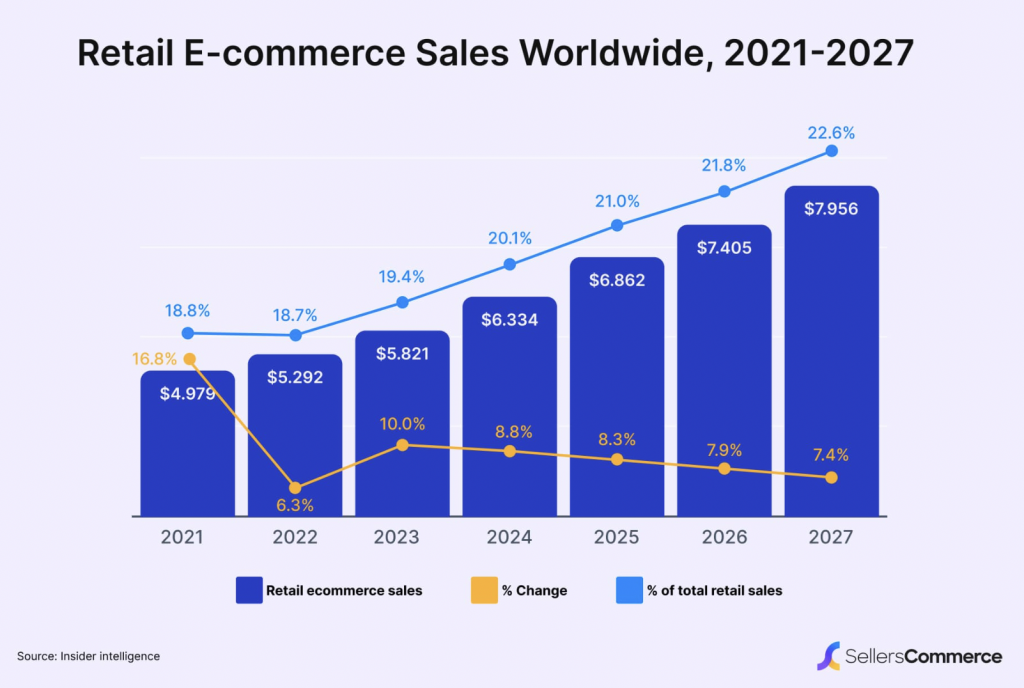
How You Can Apply This Tactic
- Streamline mobile navigation: Make it easy for users to browse categories and search for products.
- Optimize load times: Compress images and use responsive design to ensure fast page speeds.
- Simplify checkout on mobile: Implement autofill options for payment and shipping details.
- Test across devices: Regularly check how your site functions on different screen sizes and platforms.
By prioritizing mobile optimization, you can cater to a growing audience of mobile shoppers and improve conversion rate optimization for e-commerce. A smooth mobile experience builds trust and makes shopping convenient, which leads to higher conversions.
6. Offer Limited-Time Promotions
Creating urgency is a proven way to boost conversions, and Flipkart has excelled at this during its flagship sales events like the Big Billion Days Sale. These limited-time promotions feature countdowns, exclusive discounts, and deals that are only available for a short window. The result? Customers feel a sense of FOMO (fear of missing out) and act quickly to avoid losing out on a great deal.

Scarcity and urgency aren’t just sales tactics—they’re psychological triggers that encourage customers to make decisions faster. Limited-time offers tap into this mindset and can significantly improve conversion rates.
How You Can Apply This Tactic
- Use countdown timers: Add timers to your product pages or cart to emphasize when a deal ends.
- Run flash sales: Offer discounts or exclusive deals for a few hours or one day only.
- Highlight low stock: Show messages like “Only 3 left in stock!” to create a sense of urgency.
- Use email campaigns: Remind customers about ending promotions with subject lines like “Hurry—Last Chance to Save!”
By incorporating limited-time promotions, you can create urgency and nudge customers to complete their purchases faster, making this an effective strategy for conversion rate optimization in e-commerce.
7. Build a Loyalty Program
Loyalty programs are a proven way to retain customers and encourage repeat purchases. Sephora’s Beauty Insider program is one of the best examples of this. It offers points for every purchase, tiered membership levels, and exclusive rewards like early access to sales and special gifts. This approach not only keeps customers engaged but also gives them an incentive to continue shopping with Sephora.
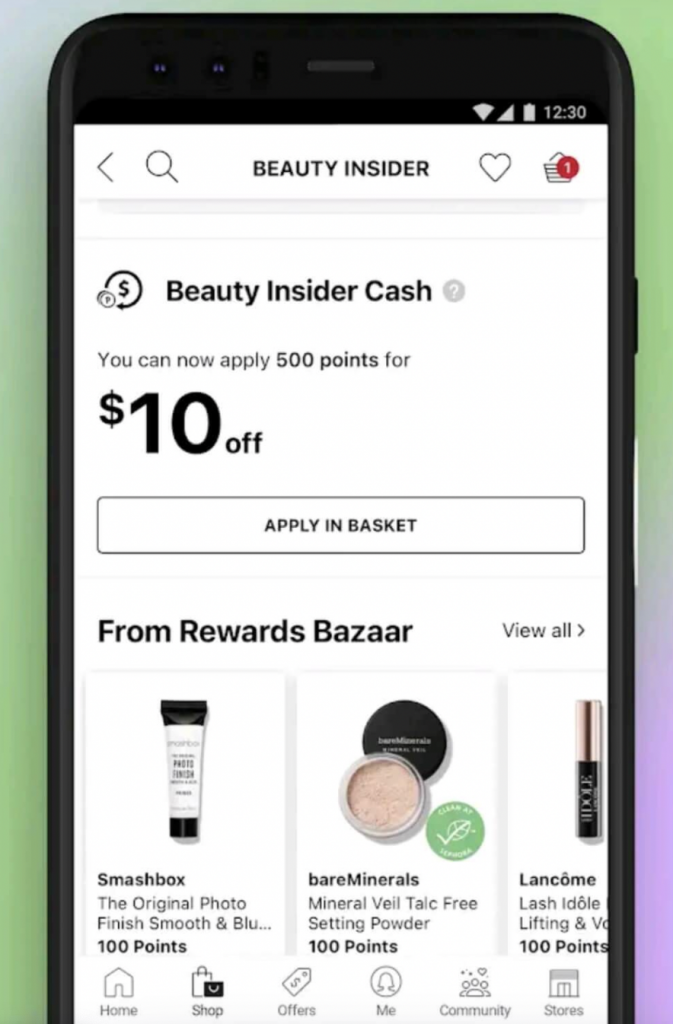
A well-designed loyalty program creates a sense of belonging and reward. Customers feel appreciated, which increases their likelihood of choosing your brand over competitors.
How You Can Apply This Tactic
- Introduce a points system: Reward customers for purchases, reviews, or referrals.
- Create membership tiers: Offer escalating benefits as customers spend more or remain loyal.
- Add exclusive perks: Provide early access to sales, free shipping, or members-only deals.
- Gamify the experience: Let users track their points and progress visually to keep them motivated.
By building a loyalty program, you can turn one-time buyers into repeat customers, improving both retention and conversions. It’s a key strategy for conversion rate optimization in e-commerce, ensuring your customers keep coming back.
8. Use High-Quality Visuals
A picture is worth a thousand words, especially in e-commerce. Wayfair, a leader in home goods, demonstrates the power of high-quality visuals by offering detailed product images, 360-degree views, and augmented reality (AR) tools. These visuals allow customers to see exactly what they’re purchasing and even visualize how items will look in their own spaces.

Clear, professional images build trust and reduce hesitation. Customers are far more likely to convert when they can explore products visually and feel confident about their choices.
How You Can Apply This Tactic
- Invest in professional photography: Showcase multiple angles, close-ups, and lifestyle shots.
- Use 360-degree views: Let customers rotate products to get a better sense of size and detail.
- Incorporate AR tools: Allow shoppers to “place” products in their environment using augmented reality.
- Highlight product details: Use zoom features or videos to emphasize textures, colors, and functionality.
By using high-quality visuals, you eliminate uncertainty for your customers and create a more immersive shopping experience. This tactic directly contributes to conversion rate optimization in e-commerce, helping customers feel confident enough to complete their purchase.
9. Run A/B Tests Consistently
Optimizing your e-commerce site isn’t a one-time task—it requires ongoing experimentation. Nike, a global leader in retail, constantly runs A/B tests to fine-tune its website and campaigns. Whether it’s testing the placement of a call-to-action (CTA), the layout of product pages, or the wording of promotional banners, Nike ensures every decision is data-driven.
.png)
A/B testing allows you to compare two variations of a page or element to see which performs better. It removes guesswork and helps you identify what resonates most with your audience, ultimately driving higher conversions.
How You Can Apply This Tactic
- Test your CTAs: Experiment with placement, color, or text (e.g., “Buy Now” vs. “Add to Cart”).
- Optimize product pages: Compare different layouts, image sizes, or descriptions.
- Experiment with promotions: Try varying discount formats, like “20% Off” vs. “Save $10.”
- Analyze results: Use tools like Ptengine or Optimizely to track performance and apply learnings.
By running A/B tests regularly, you can refine your e-commerce site and marketing efforts to meet customer preferences. This approach ensures you’re always working toward better conversion rate optimization in e-commerce.
10. Focus on Sustainable Messaging
Consumers today care more about sustainability than ever before, and brands that align with these values can build stronger connections. Patagonia, a trailblazer in outdoor apparel, has built its entire identity around eco-conscious practices. Their marketing emphasizes ethical sourcing, environmental impact, and initiatives like repairing old gear instead of replacing it.
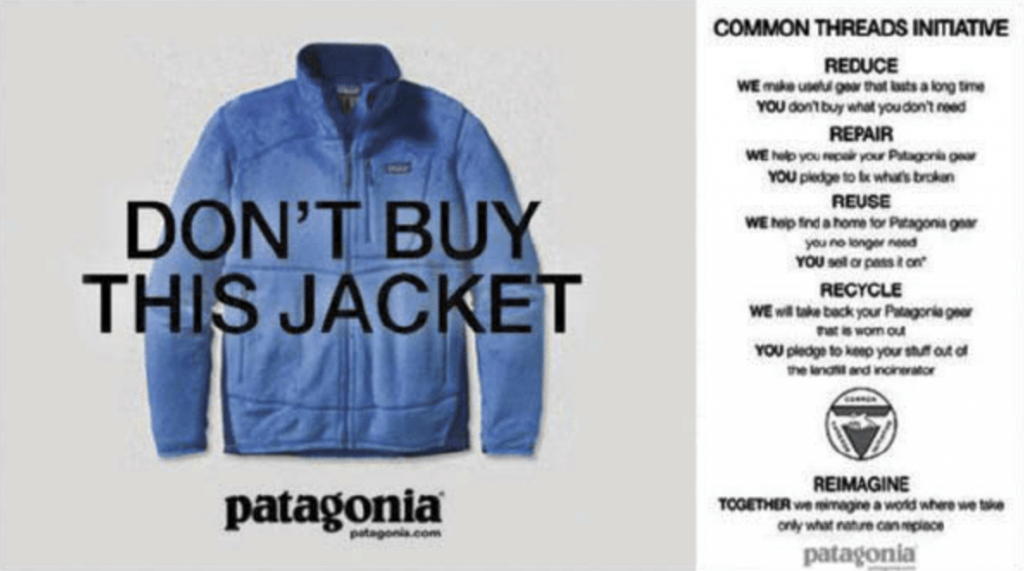
This transparency and focus on values resonate deeply with environmentally-conscious shoppers, encouraging them to support brands that align with their beliefs. For e-commerce businesses, adopting a sustainability message can create trust and loyalty while driving conversions.
How You Can Apply This Tactic
- Highlight eco-friendly initiatives: Share your efforts in reducing packaging waste or sourcing sustainable materials.
- Be transparent: Use product descriptions to explain the environmental impact of your items.
- Offer sustainable options: Promote products with recyclable or reusable features.
- Incorporate messaging into campaigns: Use ads, social media, or emails to communicate your values.
By focusing on sustainability, you not only attract value-driven shoppers but also differentiate your brand in a crowded market. This approach ties directly into conversion rate optimization in e-commerce, where aligning with customer values can significantly influence purchasing decisions.
11. Make Referrals Rewarding
Referral programs are one of the most cost-effective ways to acquire new customers, and Revolut has perfected this strategy. Their “Invite a Friend, Get £50” campaigns incentivize existing users to spread the word, creating a viral loop that drives growth. The beauty of referral programs lies in their ability to build trust, as recommendations often come from friends or family.
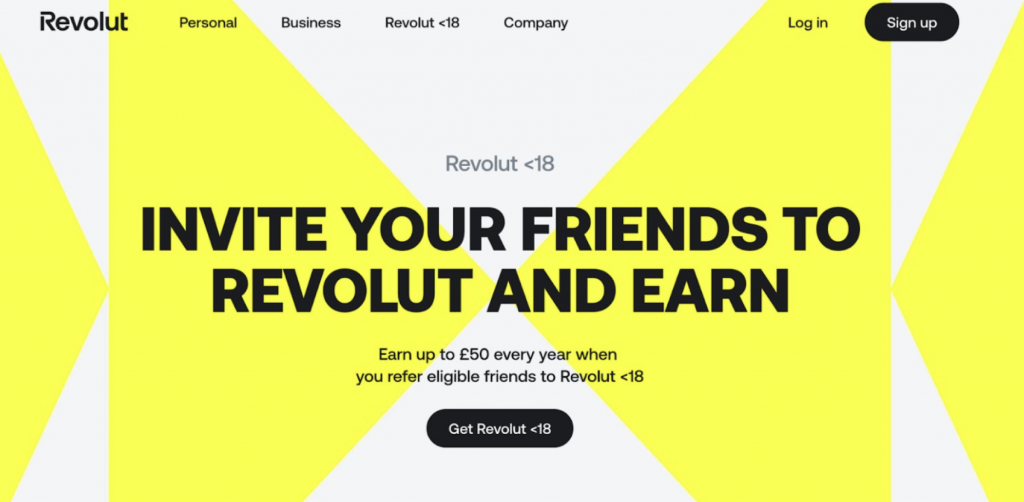
For e-commerce brands, rewarding referrals can turn your loyal customers into enthusiastic promoters. A well-structured program doesn’t just attract new customers—it also strengthens relationships with your existing ones.
How You Can Apply This Tactic
- Offer mutual rewards: Give both the referrer and the new customer a benefit (e.g., discounts, store credit).
- Gamify referrals: Add leaderboards or milestone rewards for users who refer the most friends.
- Make sharing easy: Provide sharable links or one-click options for customers to invite others.
- Promote the program: Use emails, pop-ups, and social media to ensure customers know about your referral opportunities.
Referrals bring in high-quality customers while building trust and reducing acquisition costs. It’s a powerful tool for conversion rate optimization in e-commerce, ensuring your most satisfied customers help grow your business.
12. Personalize Follow-Up Emails
Abandoned cart emails and follow-ups are some of the easiest ways to recover lost sales. Shopify, a leader in e-commerce solutions, shows how personalization in email marketing can make a big difference. Instead of sending generic reminders, Shopify-powered stores use tailored emails that highlight the specific items customers left behind, offer limited-time discounts, or include personalized recommendations based on browsing history.
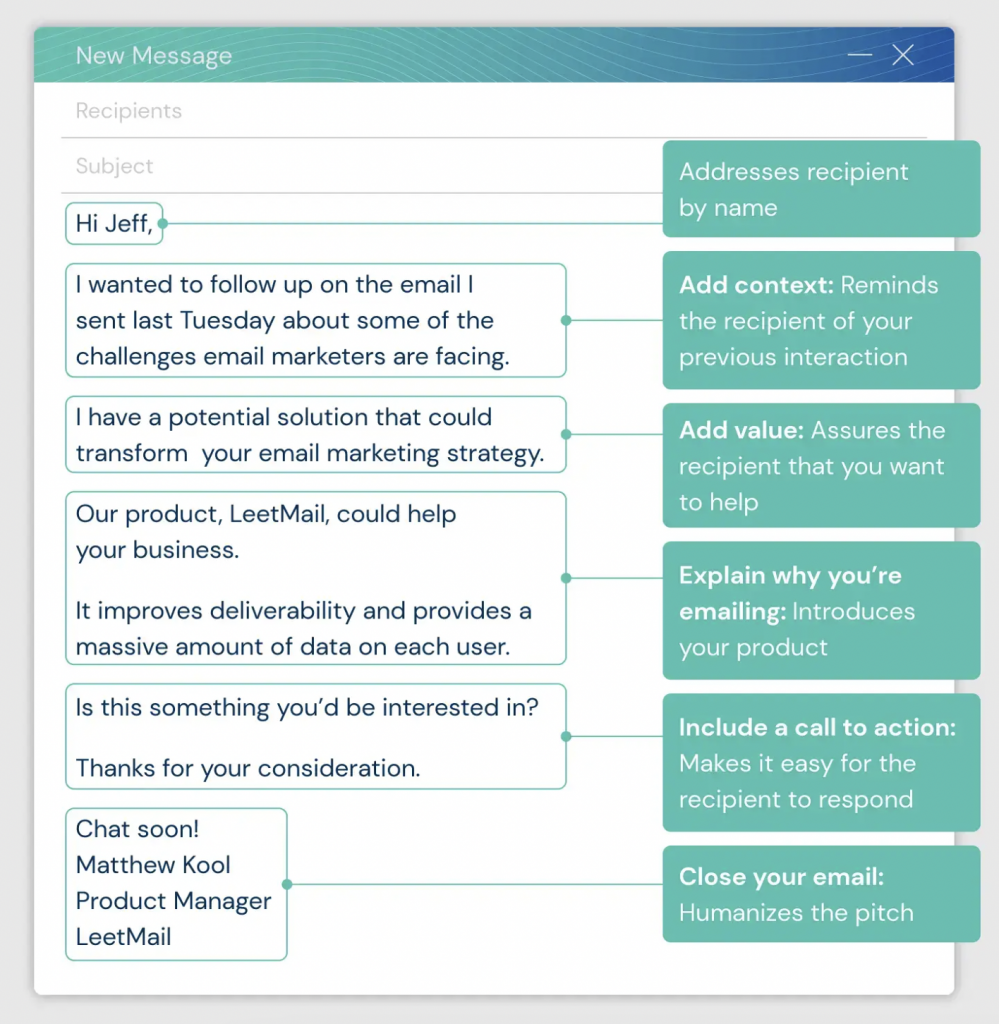
These emails don’t just remind customers—they reignite their interest and create a sense of urgency, increasing the chances of conversion.
How You Can Apply This Tactic
- Send abandoned cart emails: Include product images, pricing, and a clear call-to-action.
- Add urgency: Use phrases like “Hurry—your cart expires in 24 hours!” or offer time-limited discounts.
- Recommend similar items: Suggest related products to keep the shopper engaged.
- Make it personal: Address the customer by name and acknowledge their preferences.
Follow-up emails give you another chance to win over customers who didn’t convert initially. By using personalization, you can turn lost opportunities into sales, making it a crucial strategy for conversion rate optimization in e-commerce.
Conclusion: Turning Insights into Action
Improving your conversion rates doesn’t require reinventing the wheel. The 12 tactics highlighted in this article—drawn from the success stories of leading brands—show that small, intentional changes can have a big impact on your e-commerce conversion rate optimization.
Key Takeaways:
- Simplify the process: Make it easier for customers to check out, engage, or explore your site.
- Engage through gamification: Create fun and interactive experiences that keep customers coming back.
- Leverage social proof: Build trust by showcasing reviews, testimonials, and real-time activity.
- Personalize the experience: Tailor recommendations, emails, and even site layouts to individual customer preferences.
- Use urgency and rewards: Limited-time offers and loyalty programs encourage faster decisions and repeat purchases.
These strategies aren’t just effective—they’re actionable. Start by testing one or two of these tactics and adapt them to fit your brand and audience. Over time, you’ll see improvements in engagement, retention, and ultimately, conversions.
What’s next for your e-commerce store? Apply these proven strategies and watch your business thrive!